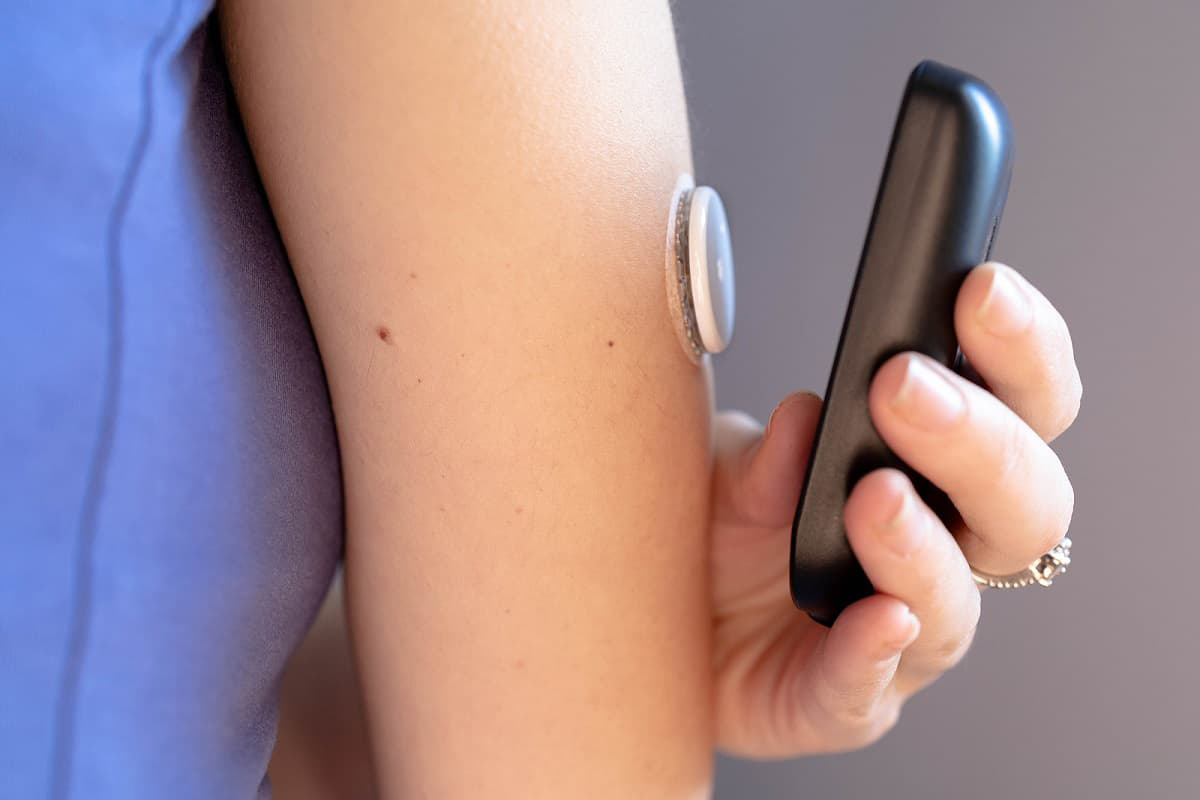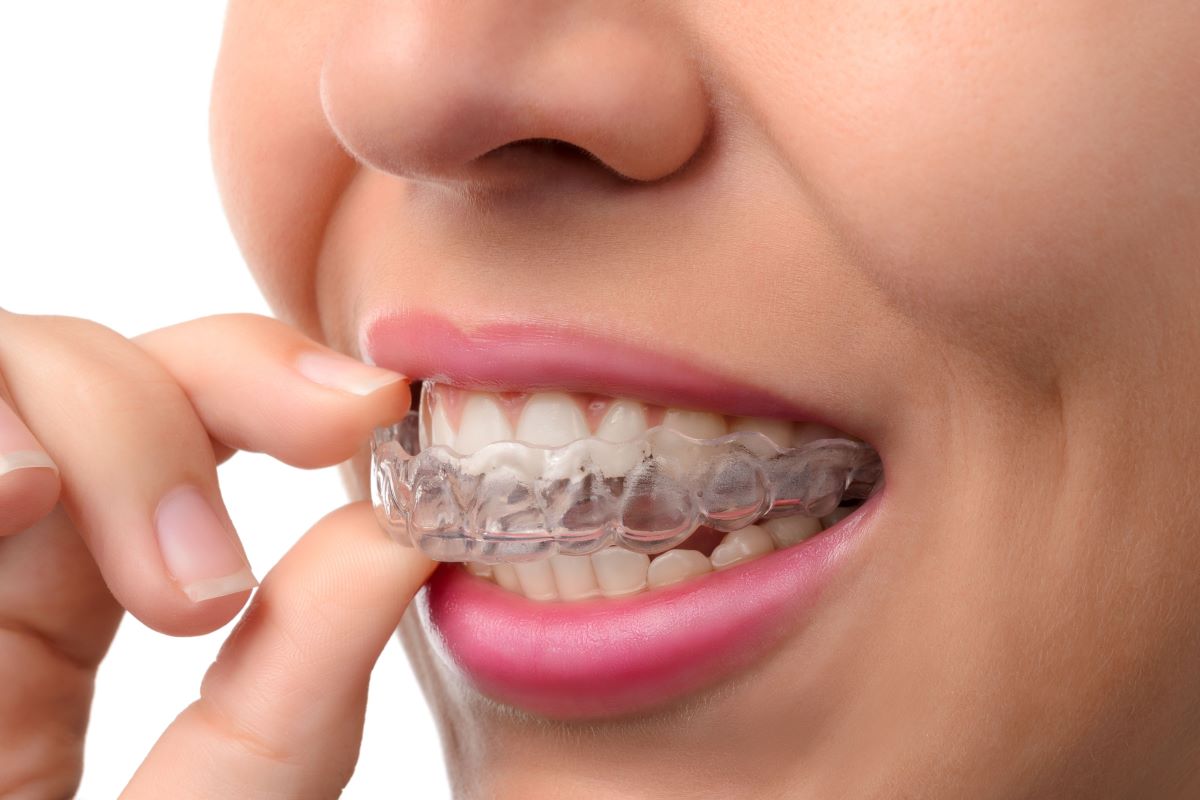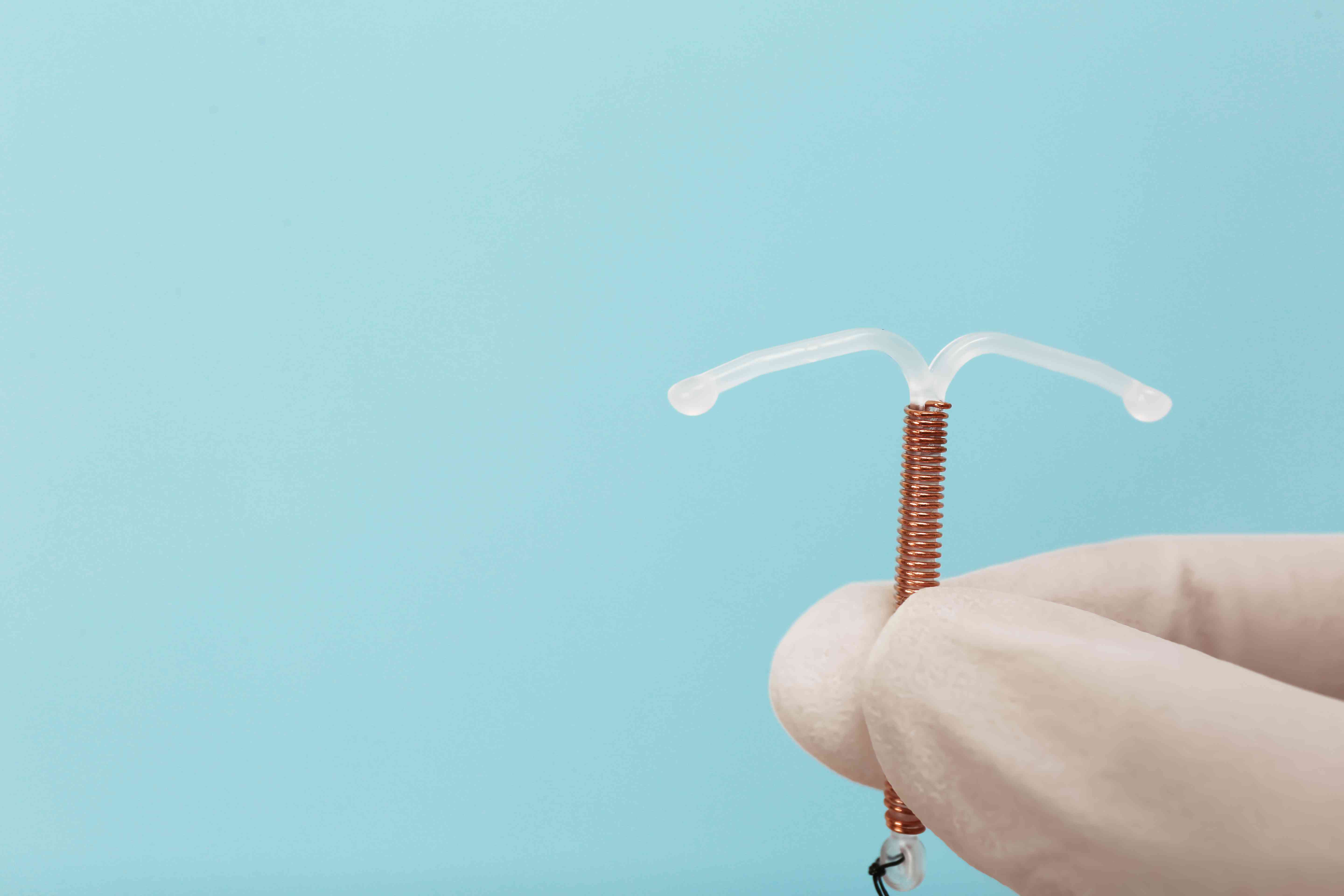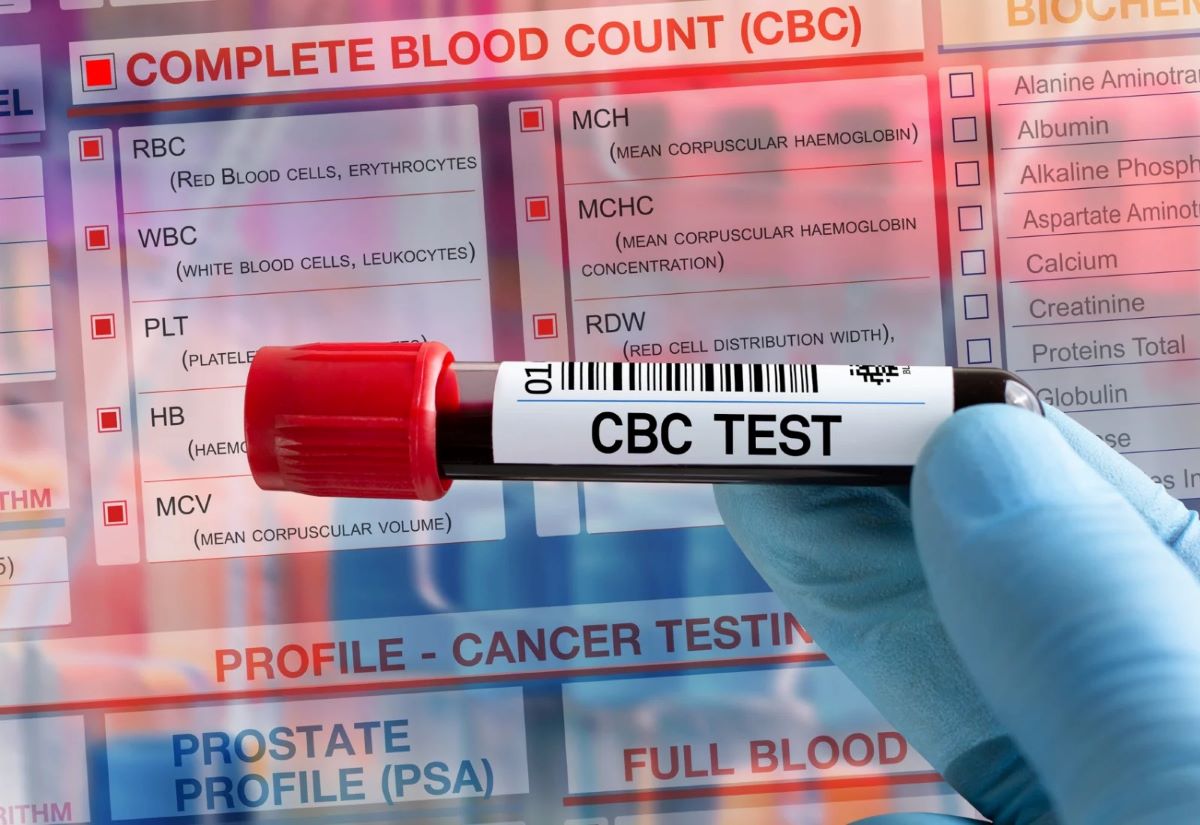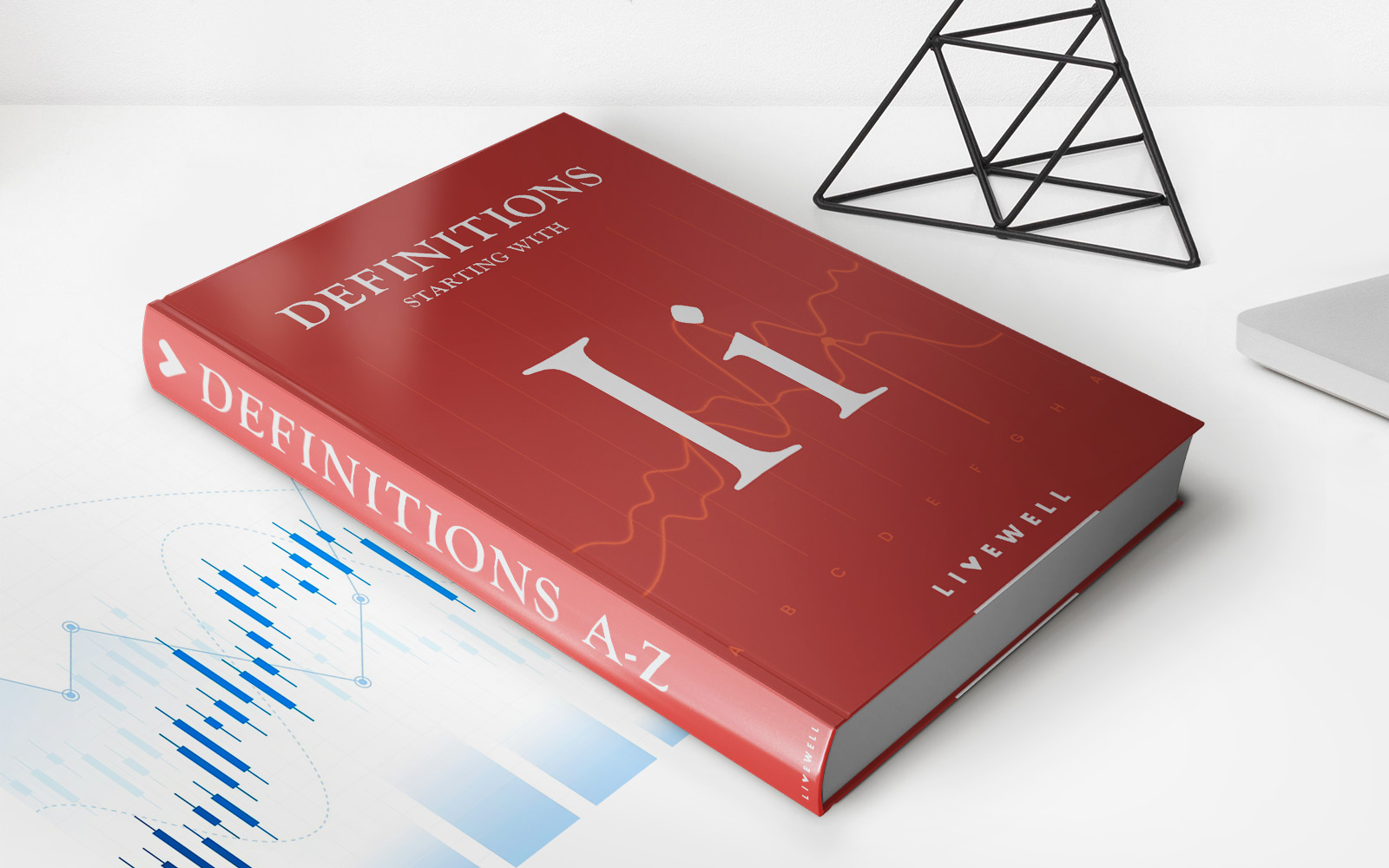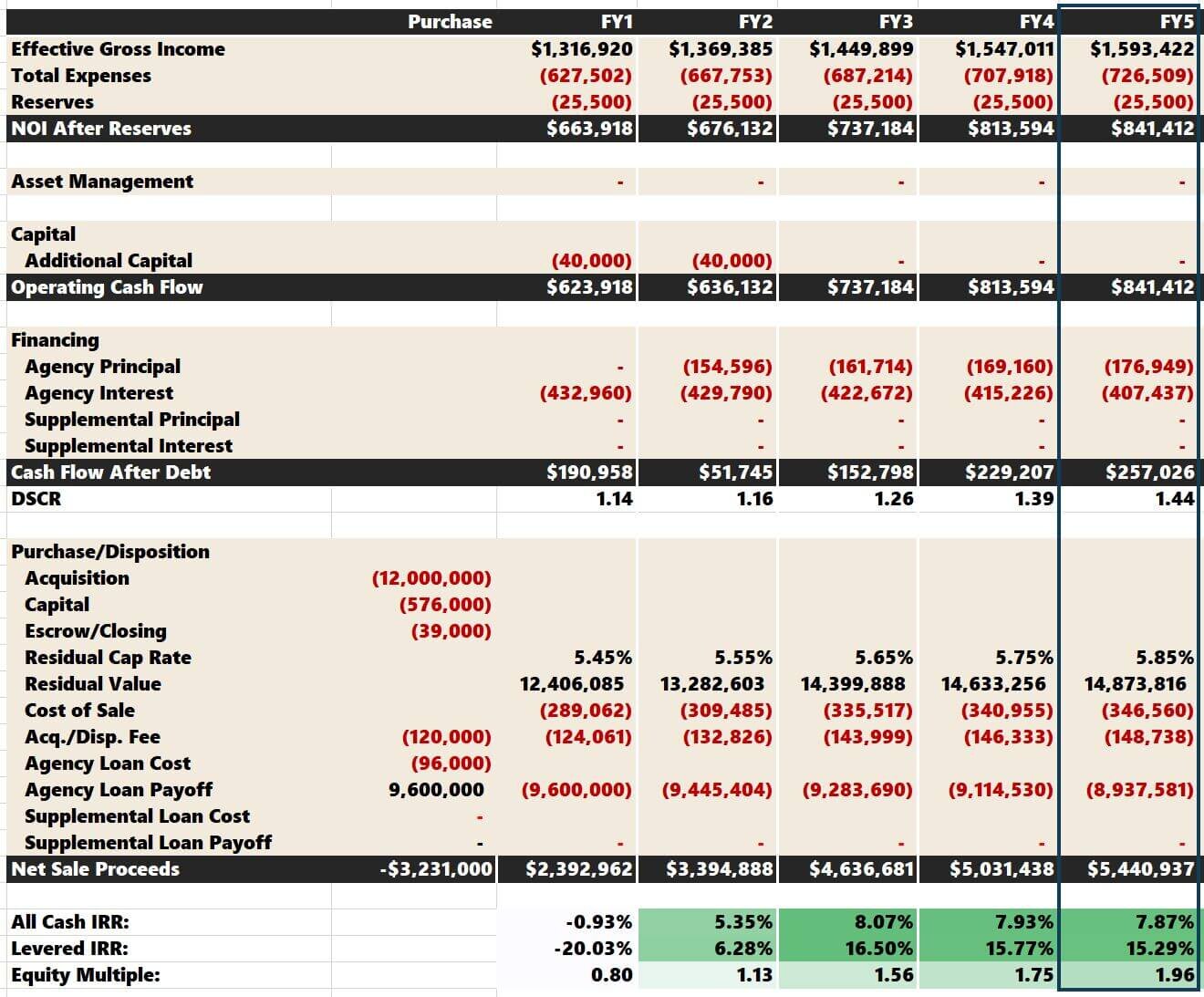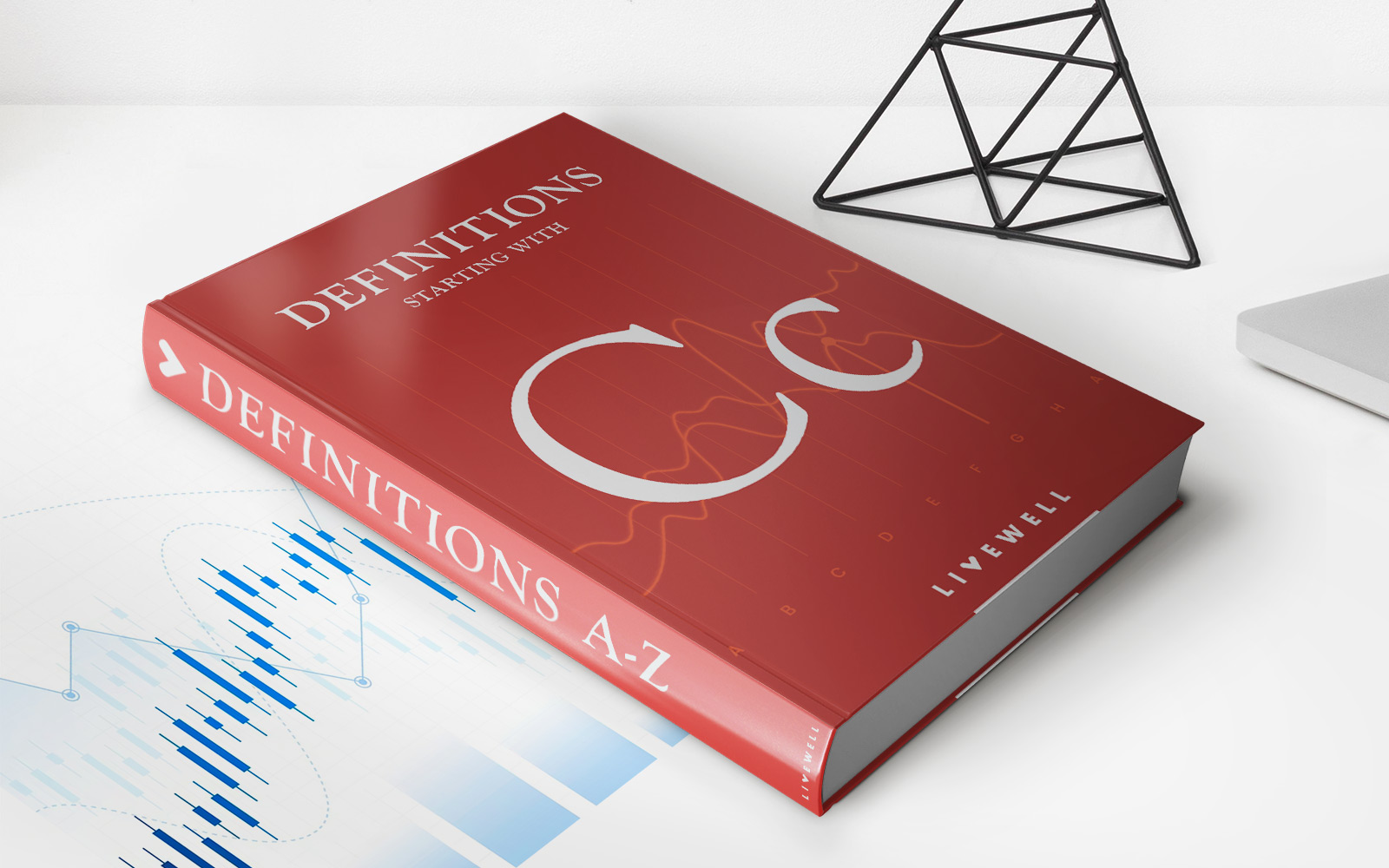Home>Finance>How Much Is A Copper IUD Cost Without Insurance
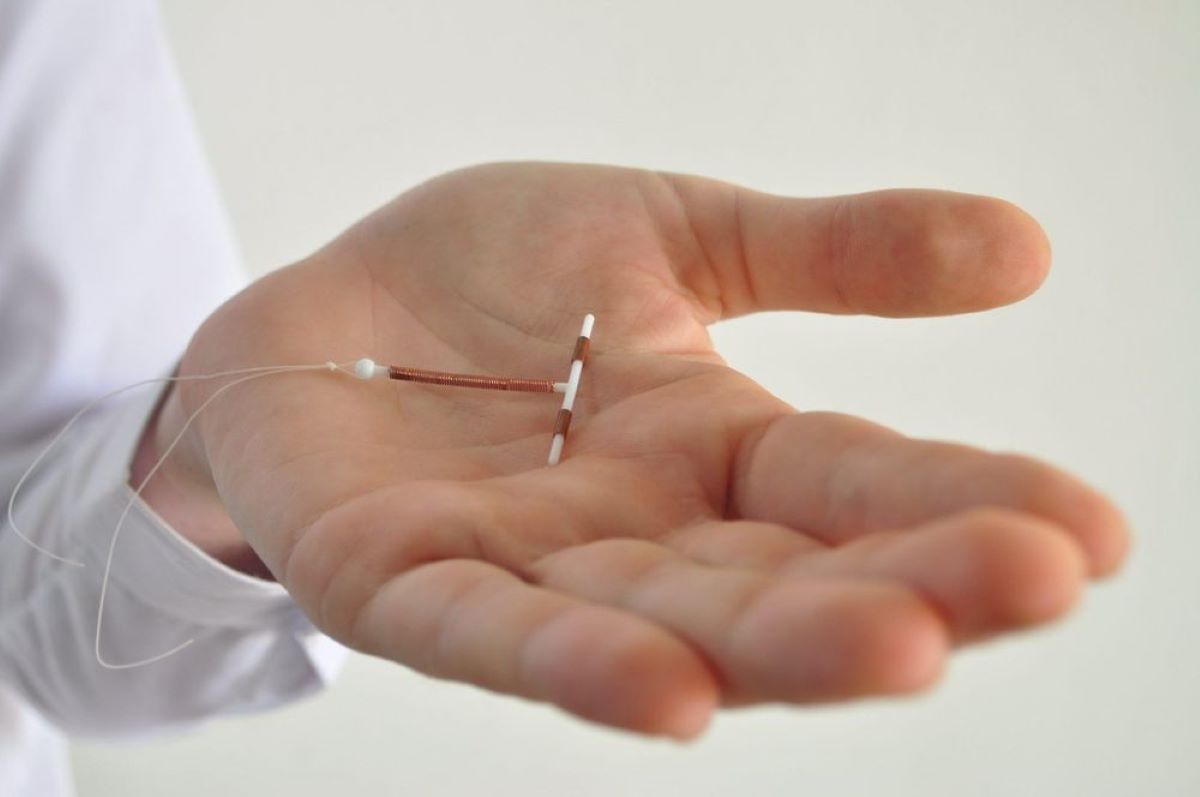

Finance
How Much Is A Copper IUD Cost Without Insurance
Modified: December 29, 2023
Looking to finance a copper IUD without insurance? Discover the cost and options available for this highly effective birth control method.
(Many of the links in this article redirect to a specific reviewed product. Your purchase of these products through affiliate links helps to generate commission for LiveWell, at no extra cost. Learn more)
Table of Contents
Introduction
When it comes to contraception, there are numerous options available to women. One popular choice is the Copper Intrauterine Device (IUD), a small, T-shaped device that is inserted into the uterus to prevent pregnancy. Unlike hormonal IUDs, the Copper IUD is hormone-free, making it a suitable choice for women who prefer a non-hormonal contraceptive method.
One common concern for individuals considering the Copper IUD is the cost, especially for those without insurance coverage. Understanding the cost of a Copper IUD is crucial for making informed decisions regarding contraception. In this article, we will delve into the details of the Copper IUD cost without insurance and explore factors that can affect the overall expense.
The Copper IUD provides a long-term contraceptive solution, offering up to 10 years of protection against pregnancy. It works by releasing copper ions into the uterus, which is toxic to sperm and prevents fertilization. This makes it incredibly effective, with a failure rate of less than 1%. It is also reversible, meaning it can be removed at any time, allowing for a quick return to fertility.
The Copper IUD not only offers effective contraception but also comes with a range of benefits. One significant advantage is that it does not contain hormones, making it an excellent option for women who cannot tolerate hormonal contraceptives or prefer to avoid them. It does not interfere with natural hormonal processes and does not cause hormonal side effects such as weight gain, mood swings, or decreased libido. This makes it a desirable alternative for women who prefer a non-hormonal approach to birth control.
What is a Copper IUD?
A Copper Intrauterine Device (IUD), also known as the Copper T IUD, is a small, flexible device made of plastic and wrapped in a copper wire. It is inserted into the uterus by a healthcare professional and provides long-acting, reversible contraception. The Copper IUD works by releasing copper ions into the uterus, creating an unfavorable environment for sperm and eggs, thereby preventing fertilization and pregnancy.
The Copper IUD is different from hormonal IUDs, which release progestin hormone to prevent pregnancy. Instead, the Copper IUD relies solely on the natural spermicidal properties of copper. The copper ions released by the device immobilize sperm, impair their motility, and prevent them from reaching and fertilizing an egg. Additionally, the Copper IUD also changes the uterine lining, making it less receptive to implantation of a fertilized egg, further reducing the chances of pregnancy.
One of the key advantages of the Copper IUD is its long duration of effectiveness. Once inserted, it can provide continuous contraception for up to 10 years, making it a highly convenient option for women who wish to avoid the hassle of daily or monthly birth control methods. It is also an excellent choice for those who desire long-term contraception but may not be ready for permanent sterilization.
Another benefit of the Copper IUD is its high efficacy. With a failure rate of less than 1%, it is one of the most reliable methods of contraception available. Once in place, the Copper IUD works continuously without user involvement, reducing the risk of human error that can occur with other forms of contraception, such as pills or condoms.
The Copper IUD is a safe option for most women, but it may not be suitable for everyone. Those with certain medical conditions, such as current pelvic infection or abnormal uterine anatomy, may not be advised to use a Copper IUD. It is important to consult with a healthcare provider to determine if the Copper IUD is the right choice for you.
Benefits of a Copper IUD
The Copper Intrauterine Device (IUD) offers several benefits that make it an appealing contraceptive option for many women. Let’s explore some of the key advantages:
- Highly Effective: The Copper IUD is one of the most reliable contraceptive methods available. With a failure rate of less than 1%, it provides exceptional protection against pregnancy.
- Long-Lasting Contraception: Once inserted, the Copper IUD can provide continuous contraception for up to 10 years. This makes it an excellent choice for women who want a reliable, long-term birth control solution without the need for regular maintenance or remembering to take a pill.
- Hormone-Free: Unlike hormonal contraceptives, the Copper IUD does not release any hormones into the body. This can be particularly beneficial for women who have experienced negative side effects from hormonal birth control methods or prefer a non-hormonal option for personal or health reasons.
- Quick Reversibility: If you decide you want to get pregnant or switch to a different contraceptive method, the Copper IUD can be removed at any time. Fertility typically returns quickly after removal, allowing for a prompt transition to planning for pregnancy.
- Convenience: Once the Copper IUD is inserted, you can forget about it. There is no need to remember to take a pill or use contraception before intercourse. It offers continuous protection without the need for user involvement.
- No Interruption of Sexual Spontaneity: The Copper IUD does not require any preparations or actions immediately prior to sexual activity. This allows for spontaneous intimacy without the need to interrupt the moment to ensure contraception.
- Economical in the Long Run: While the upfront cost of a Copper IUD may be higher compared to other forms of contraception, its long-term effectiveness and duration make it a cost-effective option over time. There is no need for ongoing purchases or refills, resulting in potential savings in the long run.
It’s important to note that individual experiences and preferences may vary, and it is always advisable to consult with a healthcare provider to determine the most suitable contraceptive method for your specific needs and circumstances.
Copper IUD Cost Without Insurance
The cost of a Copper Intrauterine Device (IUD) can vary depending on various factors such as the healthcare provider, geographical location, and any additional services or tests required. Without insurance coverage, the out-of-pocket cost of a Copper IUD typically ranges between $500 to $1,000.
This cost includes the price of the Copper IUD itself, the insertion procedure, and the follow-up visits. It is important to note that the cost of the Copper IUD is a one-time investment that provides long-term contraception for up to 10 years.
While the initial expense may seem high, it is important to consider the long-term benefits and potential savings over time. Compared to other contraceptive methods that require ongoing purchases or refills, such as birth control pills or condoms, the Copper IUD can be more cost-effective in the long run.
It is essential to consult with healthcare providers and clinics to get accurate pricing information. Some clinics may offer sliding-scale fees or reduced-cost programs for individuals with financial constraints. Additionally, many Planned Parenthood clinics and other family planning centers may offer affordable options for obtaining a Copper IUD without insurance coverage.
It is also worth exploring any available discounts or payment plans that may help make the cost more manageable. Some health insurance plans may partially or fully cover the cost of a Copper IUD, so it is recommended to check with the insurance provider to determine the extent of coverage.
Overall, while the upfront cost of a Copper IUD without insurance may be a financial consideration, it is essential to weigh it against the long-term benefits, convenience, and effectiveness it offers as a contraceptive method.
Factors Affecting the Cost of a Copper IUD
The cost of a Copper Intrauterine Device (IUD) can vary based on several factors. Understanding these factors can help individuals anticipate and plan for the expenses associated with getting a Copper IUD. Here are some key factors that can influence the overall cost:
- Geographical Location: The cost of a Copper IUD can vary depending on your geographical location. Prices may differ between states or even within a local area. Areas with a higher cost of living or limited healthcare providers may have higher prices compared to areas with more competition and availability.
- Healthcare Provider: Different healthcare providers may charge different amounts for the insertion procedure. Private clinics, hospitals, or public health centers may have varying pricing structures. It’s essential to research and compare the costs at different providers to find the most affordable option.
- Additional Services: The cost of a Copper IUD may also include additional services or tests. These can include pre-insertion consultations, pregnancy tests, sexually transmitted infection (STI) tests, and follow-up visits. The cost may vary depending on whether these services are bundled with the Copper IUD or if they are charged separately.
- Insurance Coverage: If you have health insurance, the cost of a Copper IUD may be partially or fully covered by your plan. It is important to check with your insurance provider to understand the extent of coverage and any out-of-pocket expenses you may be responsible for.
- Doctor’s Fees: In addition to the cost of the Copper IUD itself, the fees charged by the healthcare provider for the insertion procedure can also impact the overall cost. These fees can vary depending on the expertise and experience of the doctor or healthcare professional performing the insertion.
- Financial Aid or Assistance Programs: Some clinics and organizations offer financial aid or assistance programs for individuals who cannot afford the full cost of a Copper IUD. These programs may help reduce the out-of-pocket expenses or provide discounts based on income eligibility.
Considering these factors can give you a better understanding of the potential costs associated with getting a Copper IUD. It is advisable to reach out to healthcare providers, family planning clinics, or local organizations to gather accurate pricing information and explore any available options for financial assistance.
Additional Expenses to Consider
When considering the cost of a Copper Intrauterine Device (IUD), it is important to understand that there may be additional expenses beyond the initial price of the device and insertion procedure. Here are some additional expenses to consider:
- Pre-Insertion Consultation: Some healthcare providers may require a pre-insertion consultation to assess your suitability for a Copper IUD. This consultation may involve discussing your medical history, undergoing a physical examination, and potentially having tests done, such as a pregnancy test or sexually transmitted infection (STI) screening. These consultations may come with an additional cost.
- Follow-Up Visits: After the insertion of a Copper IUD, follow-up visits with your healthcare provider are typically recommended. These visits are important to ensure the IUD is properly in place and to address any concerns or questions. While some providers include the cost of follow-up visits in the initial fee, others may charge separately for these appointments.
- IUD Removal: If you decide to have the Copper IUD removed before the end of its recommended lifespan, there may be an additional cost associated with the removal procedure. The cost of removal can vary depending on the healthcare provider and any associated services, such as a post-removal check-up.
- Emergency Contraception: Although the Copper IUD is highly effective at preventing pregnancy, there is still a small risk of pregnancy in rare cases. If you experience unprotected intercourse and are concerned about pregnancy, you may consider using emergency contraception as a backup measure. The cost of emergency contraception, such as a morning-after pill, should be factored into your overall contraceptive expenses.
- Long-Term Care: While the Copper IUD is a low-maintenance contraceptive option, there may be occasional costs associated with its long-term care. This can include purchasing supplies for cleaning or maintaining the IUD, such as special solutions or tools recommended by your healthcare provider.
It is important to discuss these potential additional expenses with your healthcare provider to understand the full scope of the financial commitment involved in choosing a Copper IUD. By being aware of these costs upfront, you can make informed decisions regarding your contraceptive options and budget accordingly.
Ways to Reduce the Cost of a Copper IUD
The cost of a Copper Intrauterine Device (IUD) may seem daunting, but there are several strategies you can employ to help reduce the overall expense. Consider the following options to make the cost of a Copper IUD more manageable:
- Check Insurance Coverage: Review your health insurance policy to determine if it covers the cost of a Copper IUD. Many insurance plans provide coverage for contraceptive devices, including IUDs. Contact your insurance provider to understand the extent of coverage, any applicable deductibles or co-pays, and whether there are specific healthcare providers or pharmacies you need to use to maximize coverage.
- Utilize Family Planning Clinics: Family planning clinics, such as Planned Parenthood, often offer reduced-cost or sliding-scale fees for contraceptive services, including Copper IUD insertion. These clinics may also assist you in navigating financial aid or assistance programs that can help reduce the out-of-pocket expenses.
- Research Local Assistance Programs: Look into local programs or organizations that provide financial aid or assistance for individuals seeking contraception. These programs may have specific eligibility criteria and can help offset the cost of a Copper IUD or provide discounts based on income or financial need.
- Compare Prices: Reach out to different healthcare providers, clinics, and hospitals to compare prices for Copper IUD insertion. Prices can vary, so it’s worth researching and finding the most affordable option in your area.
- Consider Generic Options: Inquire whether generic versions of the Copper IUD are available. Generic options can be more cost-effective while providing the same level of effectiveness as brand-name devices.
- Ask About Financing or Payment Plans: Some healthcare providers may offer financing options or payment plans to help spread out the cost over time. Inquire about these options to make the upfront cost more manageable.
- Seek Community or Non-profit Resources: Look for community resources or non-profit organizations that provide support for reproductive health. These organizations may offer financial assistance or grants to help cover the cost of contraceptives.
- Consider Long-Term Savings: Although the upfront cost of a Copper IUD may be higher, it provides long-term contraception for up to 10 years. Compare the long-term savings of a Copper IUD to other contraceptive methods that require ongoing purchases or refills to assess the cost-effectiveness over time.
By exploring these strategies and resources, you can significantly reduce the financial burden of getting a Copper IUD. Remember to discuss your options with healthcare providers, family planning clinics, and local organizations to find the most affordable solution that suits your needs.
Conclusion
Considering the cost of contraceptive options is an important aspect when making decisions about your reproductive health. Although the Copper Intrauterine Device (IUD) may have an upfront cost, its long-term benefits and effectiveness make it a worthwhile investment for many individuals.
Without insurance coverage, the cost of a Copper IUD typically ranges between $500 to $1,000. However, it is vital to consider the long-term advantages it offers. With up to 10 years of continuous contraception, the Copper IUD eliminates the need for daily or monthly birth control methods and can result in cost savings over time.
Factors such as geographical location, healthcare provider, additional services, and insurance coverage can affect the overall cost of a Copper IUD. Researching and comparing prices, utilizing family planning clinics, and exploring financial aid or assistance programs can help make the cost more manageable.
When considering the cost of a Copper IUD, it is essential to assess it in the context of its benefits. The Copper IUD is highly effective, hormone-free, convenient, and reversible. It offers long-term contraception without interference to sexual spontaneity and carries a low risk of side effects or hormonal changes.
Ultimately, the cost of a Copper IUD is an investment in your reproductive health and peace of mind. Consult with healthcare providers, family planning clinics, and local resources to determine the most suitable and affordable option for you. By making informed decisions and exploring cost-saving strategies, you can access this highly effective contraceptive method and achieve greater control over your reproductive choices.




